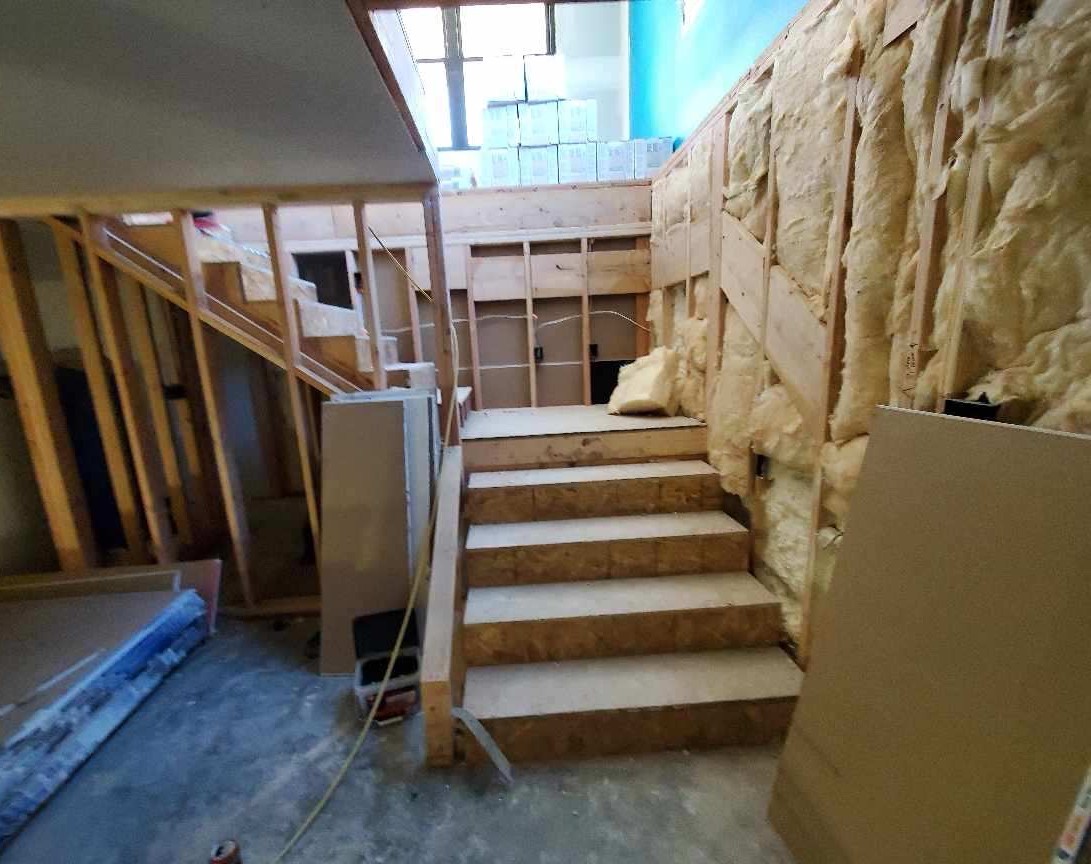A staircase is more than just a means to move between floors—it is a crucial architectural element that impacts both functionality and aesthetics in a home or building. A well-designed staircase enhances safety, usability, and overall appeal. Here’s why careful planning is essential when building a staircase and the key factors to keep in mind.
Safety and Comfort
One of the most important considerations in staircase design is safety. Poorly designed stairs can be a major hazard, leading to trips and falls. Ensuring ample foot space on each step is vital for safe and comfortable movement. Steps that are too narrow or too steep can create an unsafe environment, especially for children, the elderly, or those with mobility challenges.
Proper Lighting for Visibility
Good lighting is essential for a safe and aesthetically pleasing staircase. Poorly lit stairs can be dangerous, making it difficult to see each step clearly. Consider installing overhead lighting, wall sconces, or LED strip lights along the steps to enhance visibility and add a modern touch. Natural lighting, such as strategically placed windows or skylights, can also help brighten the area and make the space feel more open.
Aesthetic Appeal and Design Integration
A staircase is often a focal point in a home or building, making its design a key element in the overall aesthetic. Choosing materials, colors, and finishes that complement the surrounding space can enhance the visual appeal. Whether you prefer a grand, sweeping staircase or a compact, space-saving design, integrating style with function is essential.
Durability and Material Selection
Selecting the right materials ensures that the staircase remains sturdy and long-lasting. Wood, metal, glass, and concrete are common choices, each offering different levels of durability, maintenance needs, and aesthetic appeal. The choice of railing and balustrades also plays a significant role in both safety and style.
Efficient Space Utilization
A well-planned staircase maximizes space without compromising functionality. In smaller homes, options like spiral staircases or floating stairs can help save room while maintaining an open feel. For larger homes, a grand staircase can serve as a stunning architectural feature.
Conclusion
Building a staircase requires thoughtful planning to ensure safety, functionality, and design harmony. Ample foot space on steps and good lighting are two critical factors that should never be overlooked. Whether designing a new home or renovating an existing space, investing in a well-constructed staircase enhances both the usability and beauty of your home or building.

